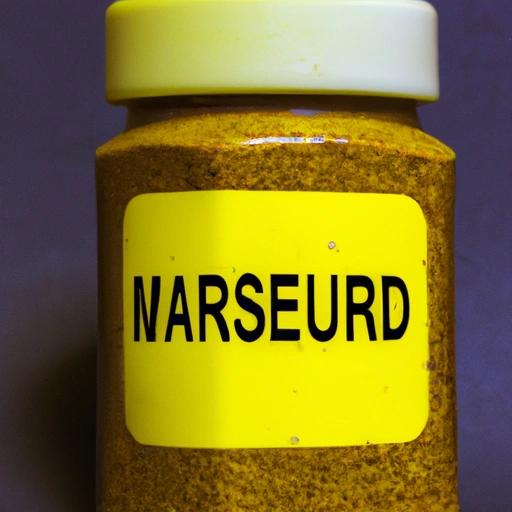Dry Mustard
Description

Dry mustard, also known as mustard powder, is made from finely ground mustard seeds. The powder is a versatile and commonly used spice that can add a sharp, piquant flavor to various dishes. When mixed with water, it reconstitutes into a paste that can be used as a condiment or flavoring. Dry mustard is prized for its ability to emulsify and thicken sauces and dressings, as well as for its unique heat that does not dissipate during cooking.
Common uses
Dry mustard is often used in the preparation of condiments like prepared mustard, and as a flavor enhancer in rubs, marinades, dressings, and sauces. It's also used in pickling and brining solutions.
Nutritional value
Calories
A 1 teaspoon serving of dry mustard (approximately 2 grams) contains about 10 calories.
Protein
Dry mustard provides about 0.6 grams of protein per teaspoon.
Fat
There is a negligible amount of fat in dry mustard, typically less than 0.1 grams per teaspoon.
Carbohydrates
Each teaspoon of dry mustard contains about 1 gram of carbohydrates, mostly in the form of dietary fiber.
Vitamins
Dry mustard is a good source of several vitamins, including Vitamin A, Vitamin C, and some B-complex vitamins.
Minerals
The spice contains trace amounts of minerals such as potassium, calcium, and magnesium.
Health benefits
Mustard is known to have a variety of health benefits, including anti-inflammatory properties, relief from respiratory complaints, and potential benefits for cardiovascular health. It is also thought to have antioxidant properties.
Potential risks
Consuming dry mustard in food quantities is generally considered safe for most people. However, excessive consumption can lead to gastrointestinal irritation or may interfere with certain medications. As with any ingredient, an allergy to mustard is possible and can result in adverse reactions.
Common recipes
Dry mustard is used in a variety of recipes including meat rubs, salad dressings, marinades, sauces, and condiments such as mustard. It also appears in spice blends and curries.
Cooking methods
It can be incorporated directly into recipes or rehydrated into a paste. When heated, its pungency mellows, making it a versatile addition to cooked dishes.
Pairing with other ingredients
Dry mustard pairs well with meats, cheeses, and vegetables. It also complements other spices such as paprika, turmeric, and garlic powder.
Summary
Dry mustard is a ground spice with a wide range of culinary applications and a rich historical background. Its sharp flavor enhances many dishes, and it offers various health benefits. While there are few risks associated with its consumption, it should be used in moderation within a balanced diet.